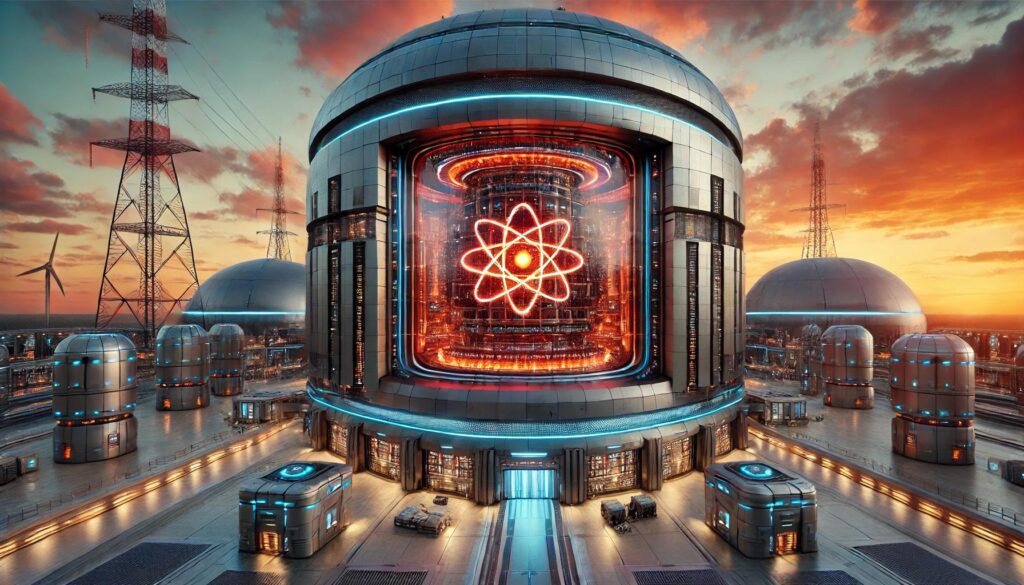China is making significant strides in nuclear fusion research, aiming to harness the power of the stars for sustainable energy and advanced scientific applications. Recent developments highlight the nation’s commitment to becoming a leader in this transformative field.
Construction of a Massive Laser Fusion Facility
Satellite imagery has revealed that China is constructing a substantial laser-ignited fusion research center near Mianyang, Sichuan province. Analysts from CNA Corp and the James Martin Center for Nonproliferation Studies have identified the facility’s design, which includes four laser bays converging on a central experimental chamber. This layout is reminiscent of the U.S. National Ignition Facility (NIF) in California, known for its groundbreaking work in achieving “scientific breakeven” in fusion reactions. Notably, the central experiment bay of the Chinese facility is estimated to be 50% larger than that of the NIF, underscoring the ambitious scale of China’s project.
Advancements in Tokamak Research
China’s commitment to fusion research is further exemplified by its advancements in tokamak technology. The Experimental Advanced Superconducting Tokamak (EAST), located in Hefei, has achieved remarkable milestones. In December 2021, EAST sustained plasma at 70 million degrees Celsius for 1,056 seconds, setting a new world record for high-temperature plasma duration. This achievement is a significant step toward realizing continuous fusion reactions, which are essential for practical energy generation.
Strategic Objectives and Global Implications
The development of these facilities serves dual purposes. While the primary goal is to explore fusion as a virtually limitless and clean energy source, the research also has implications for nuclear weapons design. Facilities like the one in Mianyang enable scientists to study fusion reactions in controlled environments, enhancing their understanding of nuclear processes without the need for explosive testing. This capability is crucial for maintaining and advancing nuclear arsenals under international test ban treaties.
China’s investments in fusion research reflect its strategic vision to lead in cutting-edge scientific domains. As the nation continues to develop and operationalize these advanced facilities, the global landscape of energy production and nuclear research may experience significant shifts, with China at the forefront of these transformative changes.

